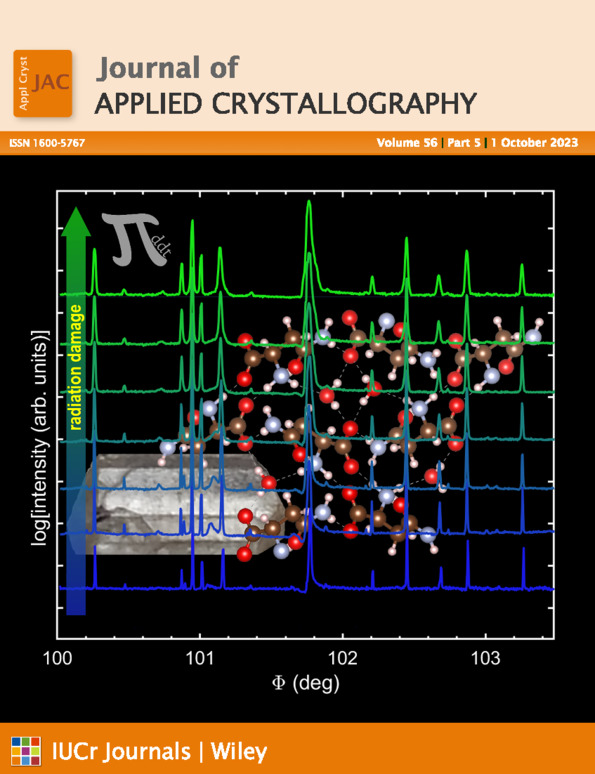A novel energetic cocrystal of DATNBI/TNT with low sensitivity and an unexpected polymorphic transition
Abstract
A novel type of 4,4′,5,5′-tetranitro-1H,1′H-(2,2′-biimidazole)-1,1′-diamine (DATNBI)/TNT energetic cocrystal (cocrystal-1) was prepared by the solvent evaporation method. The molar ratio of the cocrystal is 1:2 and the crystal density is 1.784 g cm−3 at 23°C. It belongs to the triclinic system with space group P1. The thermal stability, mechanical sensitivity and detonation performance of cocrystal-1 were studied. Compared with DATNBI, the mechanical sensitivity (H50 and FS, friction sensitivity) and thermal stability (Td, detonation temperature) of cocrystal-1 were significantly improved (H50, FS and Td of DATNBI and cocrystal-1 are, respectively, 27.8 cm, 160 N, 240°C and 65.6 cm, >360 N, 253°C). Combining these results with other characterizations, it was found that cocrystal-1 exhibited a polymorphic transformation, phase separation and melting of the two single components in succession. The ability to control the properties and understand the structural stability of this explosive cocrystal is of great value.




